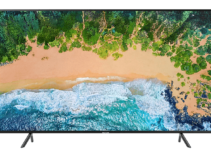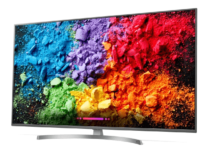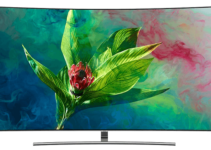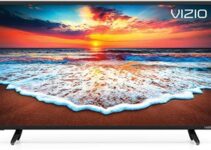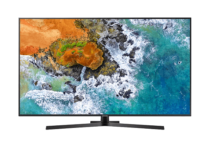If you know about the Vizio V-Series TV, then you should know that it is a great performance budget TV. It comes with several advantages including very clear picture quality.
No one wants a TV with poor picture quality, but to get the best, you may need to tweak some settings. This means that you will have to try out several settings to get the best.
You don’t need to go through that stress. We have researched on your behalf to get the best picture settings for Vizio V-Series TVs. Read on to get them.
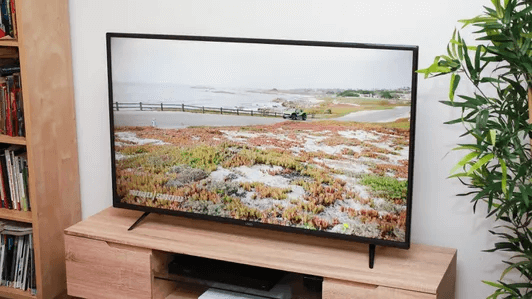
Best Vizio V-Series TV Picture Settings
To carry out our picture settings research we made use of the 50” model (V505-G9). These settings should work for other models in the V-Series line up. These include:
- 40” (V405-G9)
- 43” (V435-G0)
- 55” (V555-G1)
- 60” (V605-G3)
- 65” (V655-G9)
- 70” (V705-G3)
- 75” (V755-G4)
With these settings, you should enjoy watching any kind of content on this TV. However, when gaming, you may need to make a few changes. The same goes for when you are using the TV as a monitor for your PC. Check out the settings below.
Eco Settings
This is usually the first thing to fix when fixing your V-Series settings. On this TV, you don’t have Eco Settings like other TVs in the Vizio line up. What you have is “Timers.” You need to adjust this so that it doesn’t affect your other settings. Switch it off so that it doesn’t adjust images or sleep while sorting out your settings.
SDR
When tweaking your SDR settings, the first feature to sort out is the picture mode. This TV has six picture modes and they are:
- Standard
- Calibrated
- Calibrated Dark
- Vivid
- Game
- Computer
We suggest that you select “Calibrated Dark” since it gives the best results and is the most accurate of all. It allows you the most opportunity for customization. After this, you should fix the settings in the Picture menu. These are the settings we chose:
- Brightness – 50
- Sharpness – 0
- Color – 50
- Contrast – 50
- Tint – 0
- Color temperature – Normal
- Gamma – 2.2
When you sort these out, then you should check how bright your images are. If you feel they are not bright enough, then you should consider adjusting your TV backlight. Your backlight settings will depend on the viewing conditions in your room.
You should note that adjusting backlight settings do not impact your picture quality in any way. We suggest that you leave the Brightness setting at default. Adjusting this may affect your pictures.
Image Enhancements
It is always best to have an image quality that is closest to the original. To achieve this, you need to disable the image processing options. This means that you are disabling Backlight Control and Black Detail. However, you should enable Film Mode. This will remove judder from 24p sources without interfering with the image quality.
HDR
By default, HDR on all native apps is enabled. This means that for HDR content, a couple of settings adjust automatically. One such setting is Backlight which returns to 50. For HDR content, we advise that you do not alter the settings. Just leave them as they are.
One thing you shouldn’t forget to do is enabling the “Full UHD Color.” To do this, visit the “Input Settings.” Here, you can sort out the settings for the HDMI port in use. With this in place, the chosen port transmits the full bandwidth for HDMI.
If you forget to turn this on, you may not be able to access the content. This is because the external source may view your TV as incompatible. This problem is more common with older devices.
Making HDR Brighter
Sometimes, your HDR content may seem too dim. If you feel this is the case then you should simply adjust the Backlight. Increase it to 100 to improve the picture quality. However, this will not improve the peak white brightness.
If this isn’t bright enough, then you should adjust the Gamma to 1.8. With this, you will have a better picture quality.
Gaming Settings
To get quality pictures while gaming, you may need to tweak your HDR and SDR settings a little. Firstly, you should go to More Picture and switch on Game Low Latency. The purpose of this is to reduce input lag to the lowest level. If your game contains HDR content, make sure you enable Full UHD Color.
